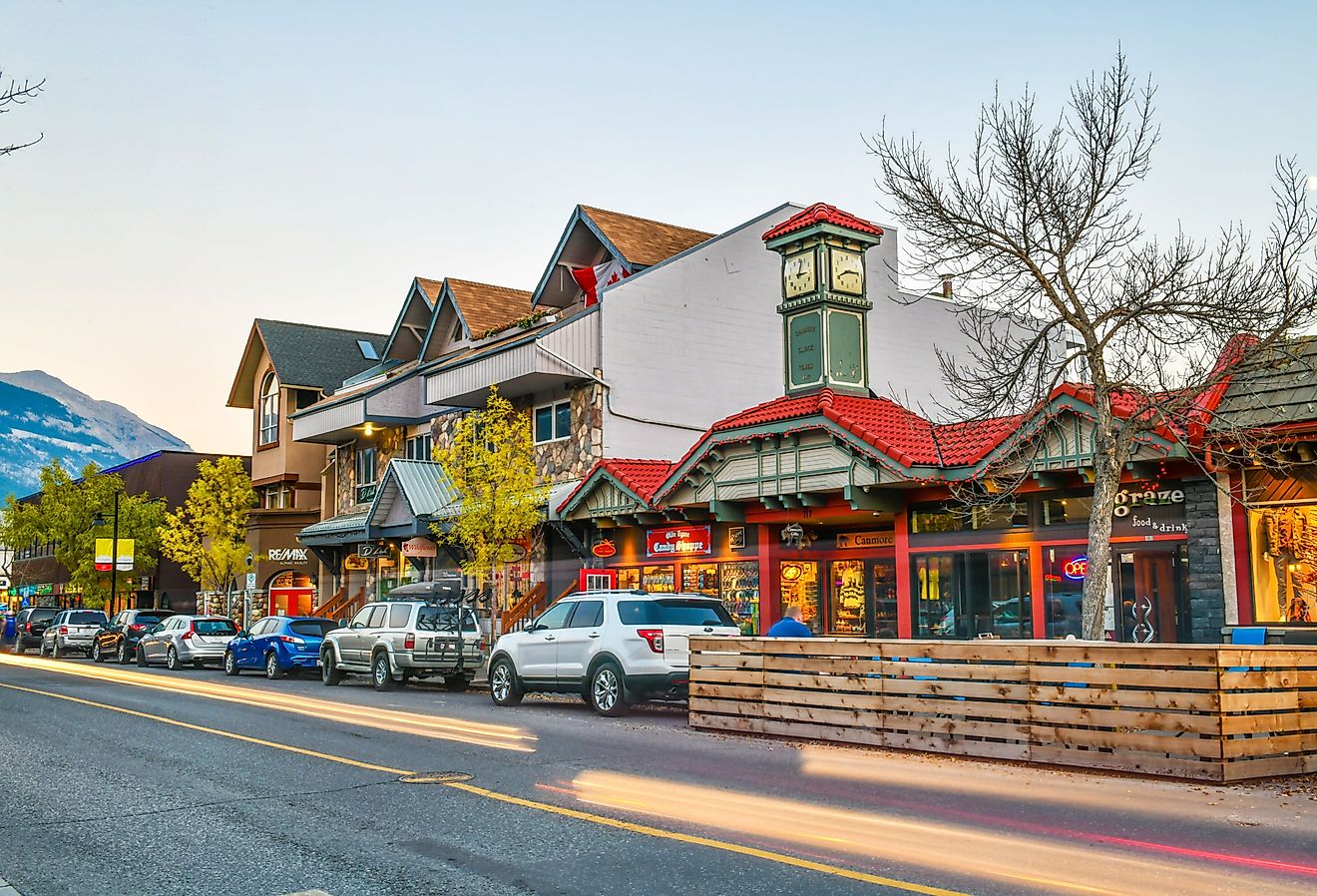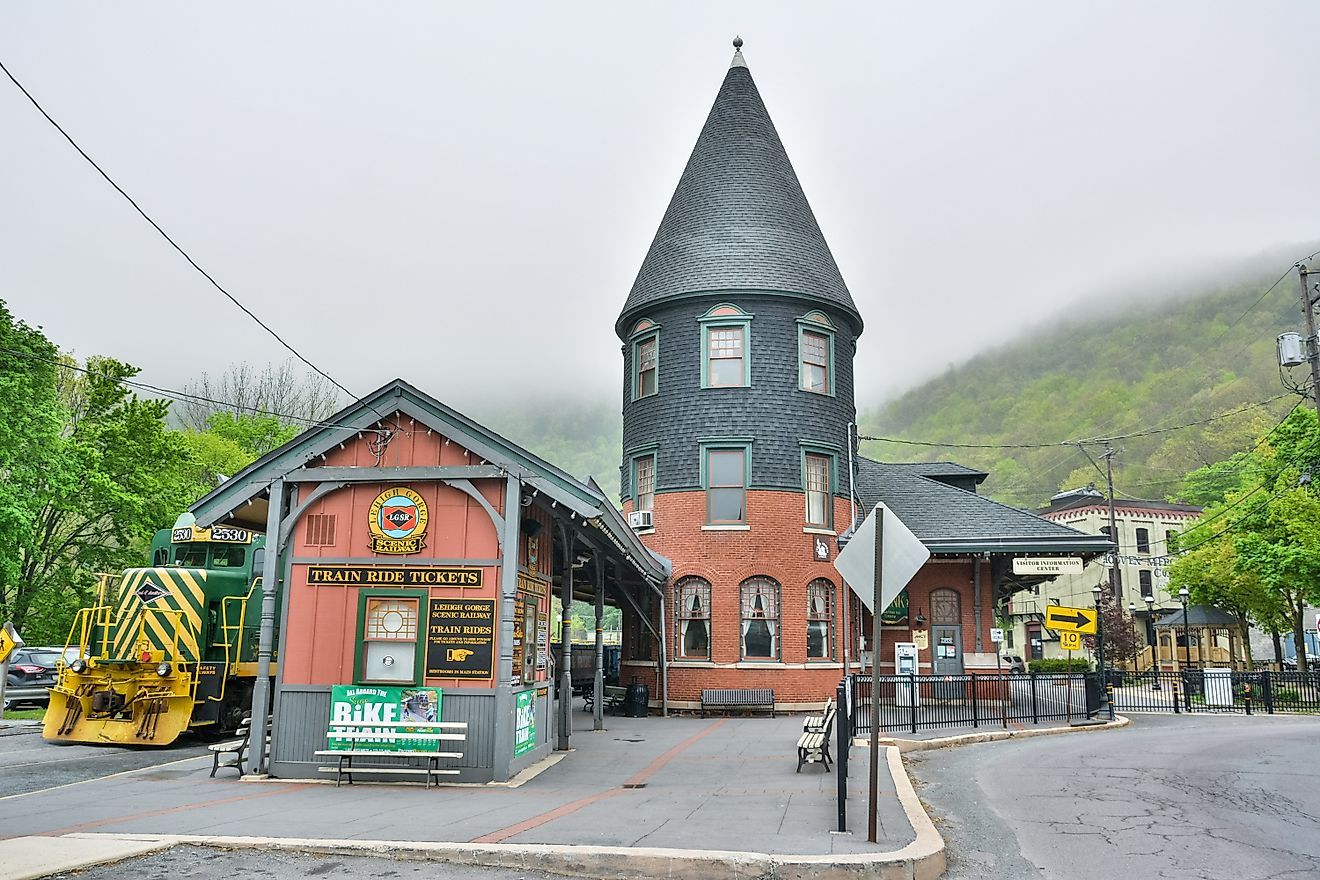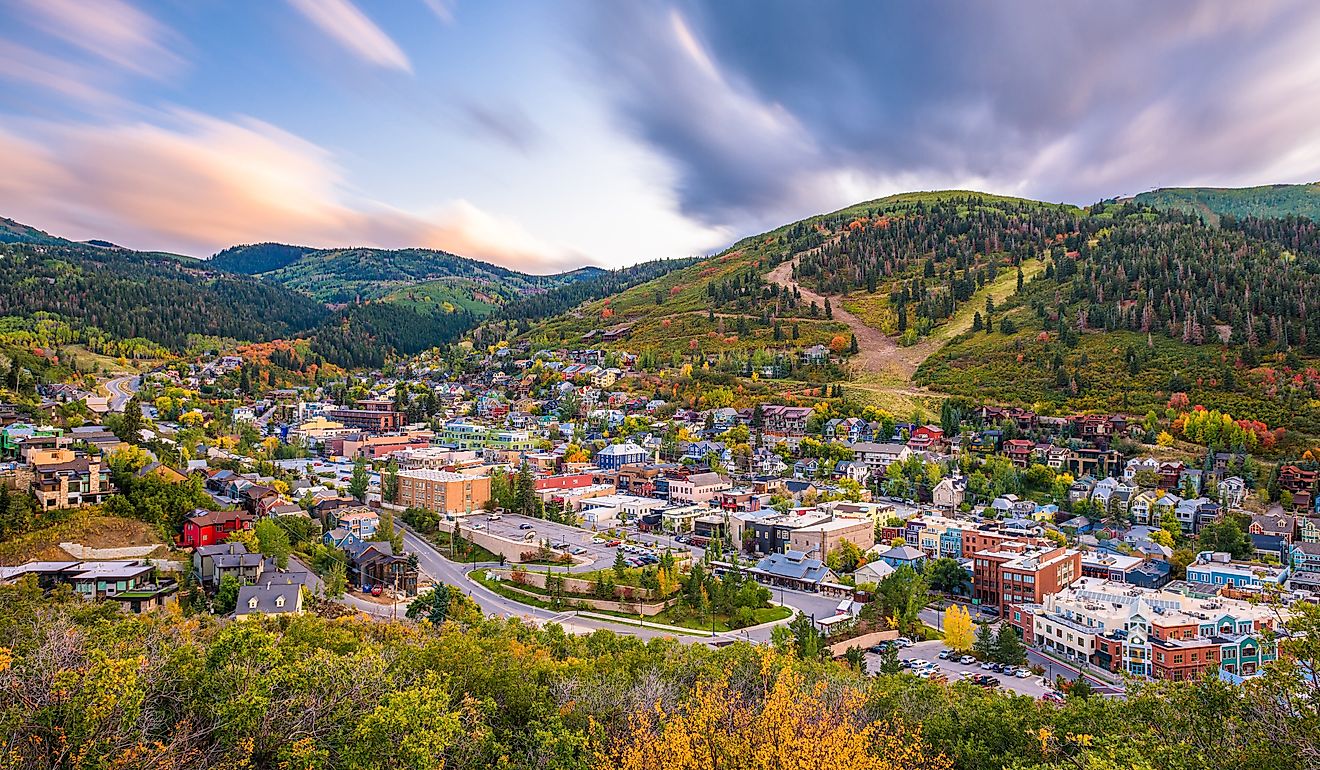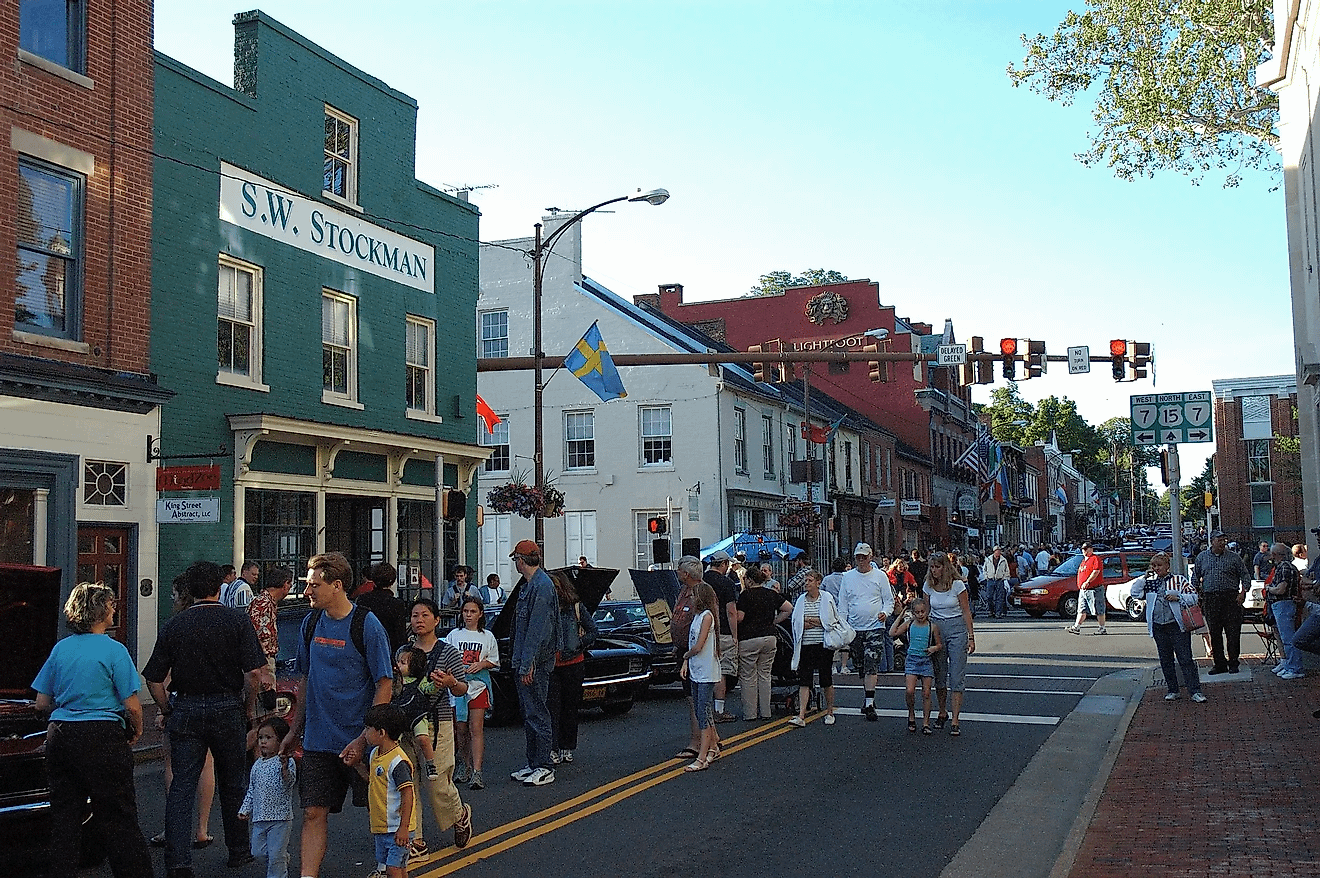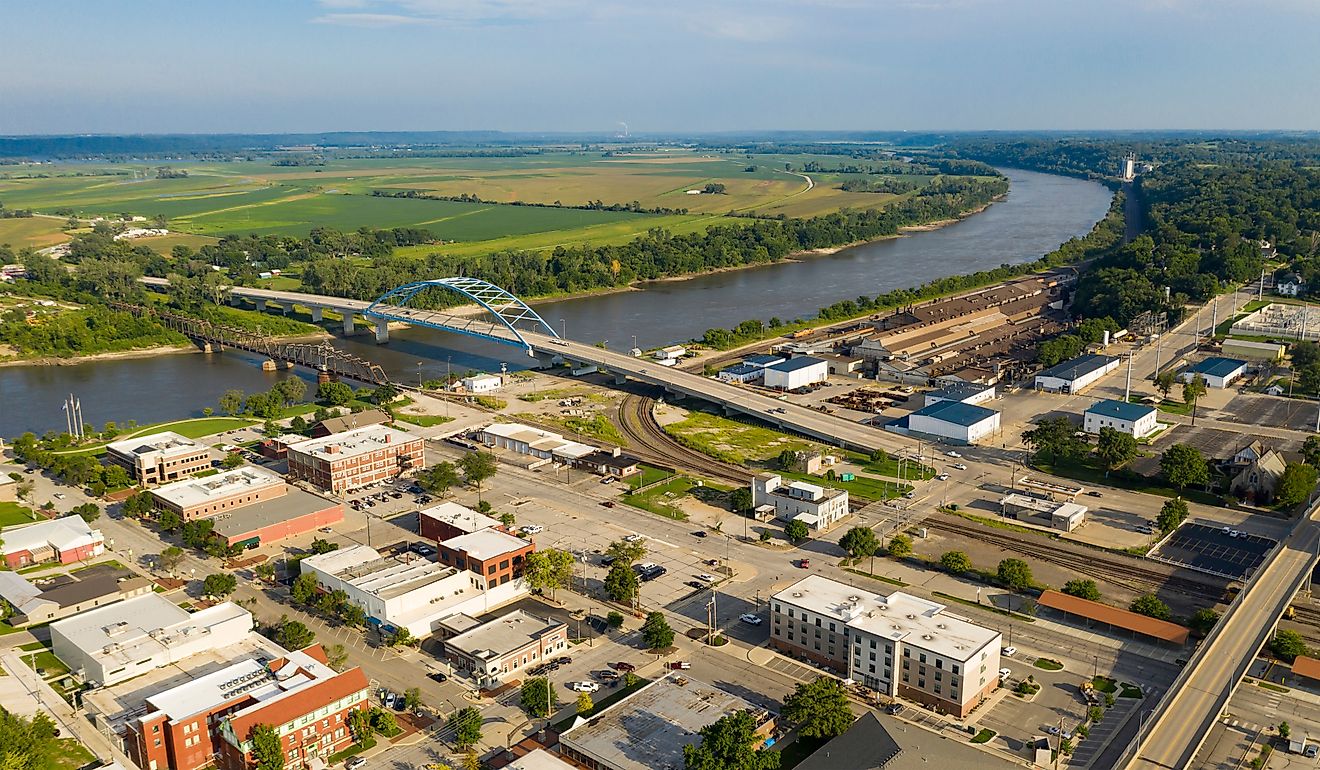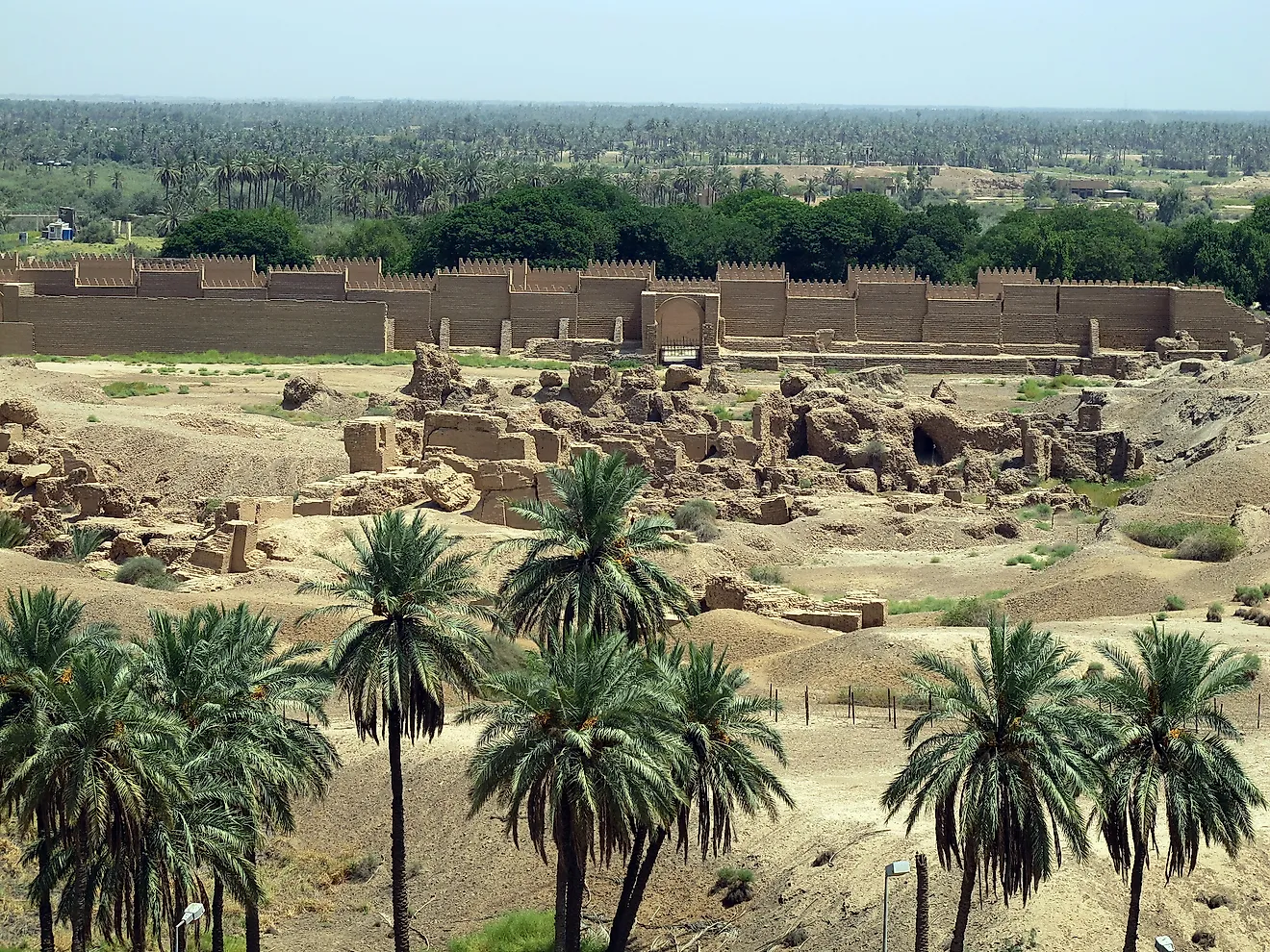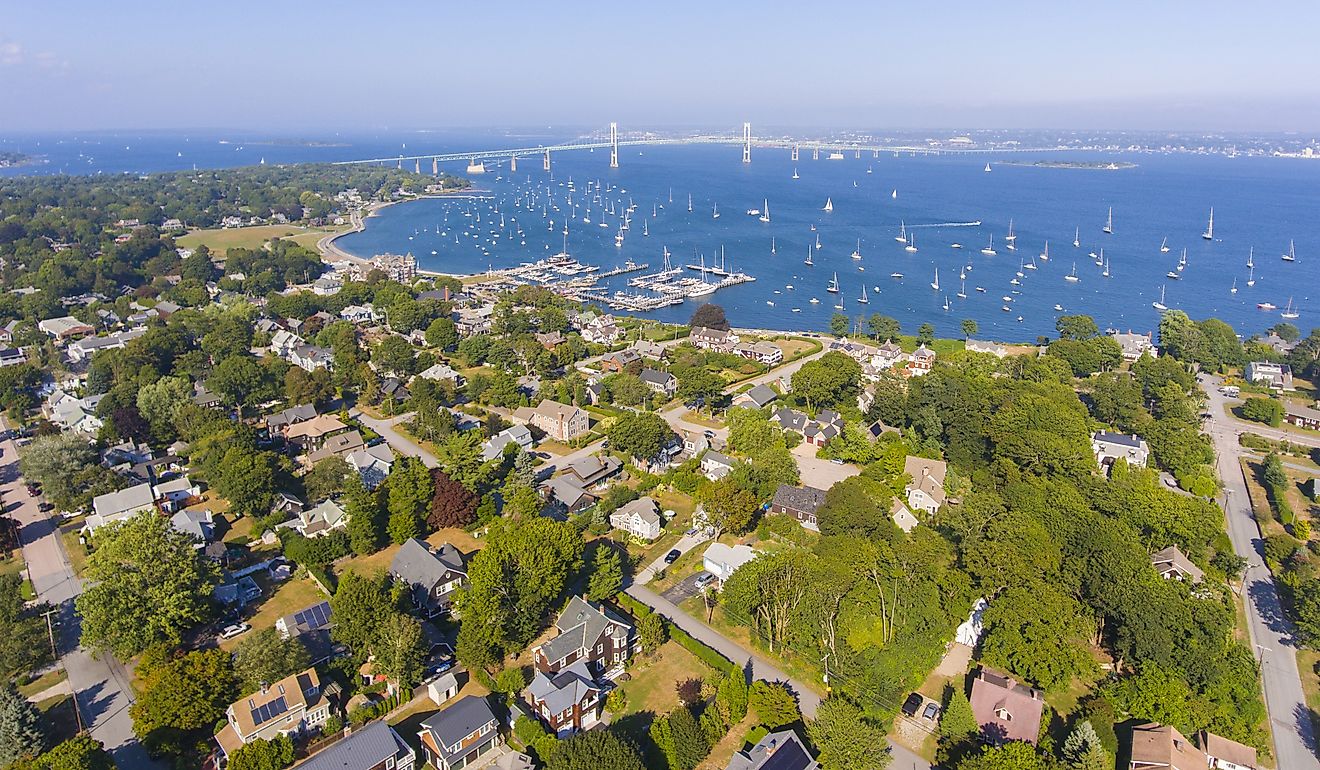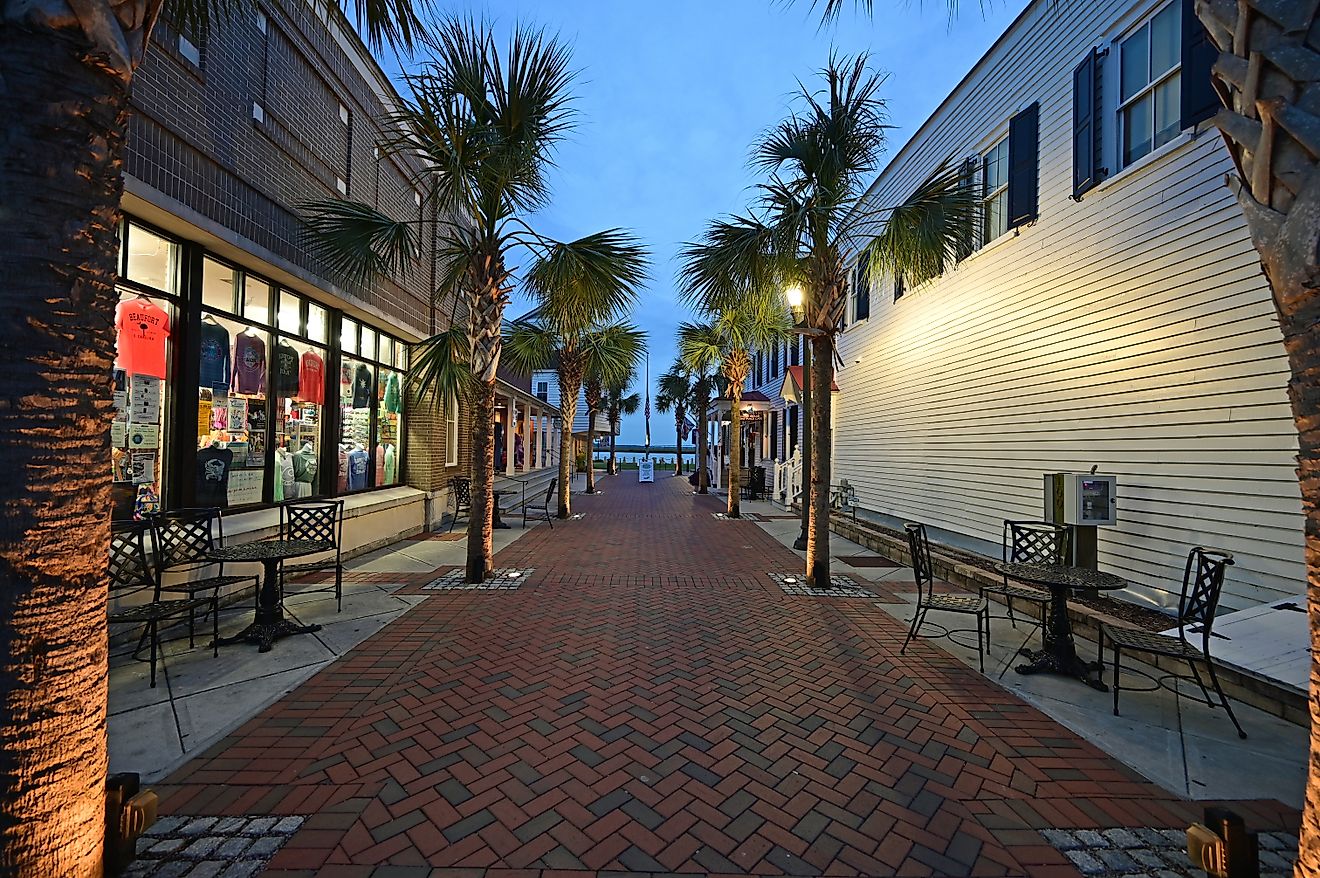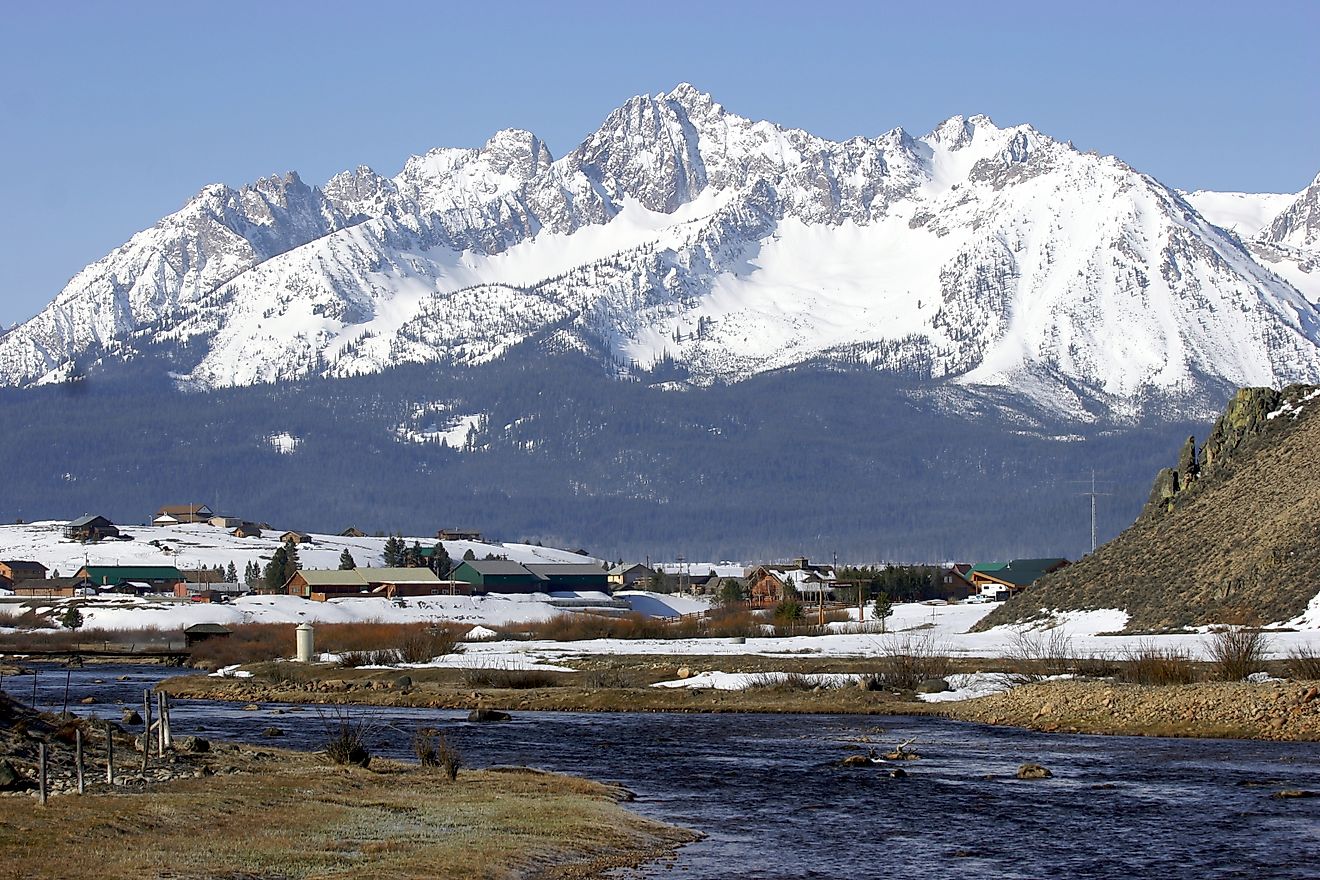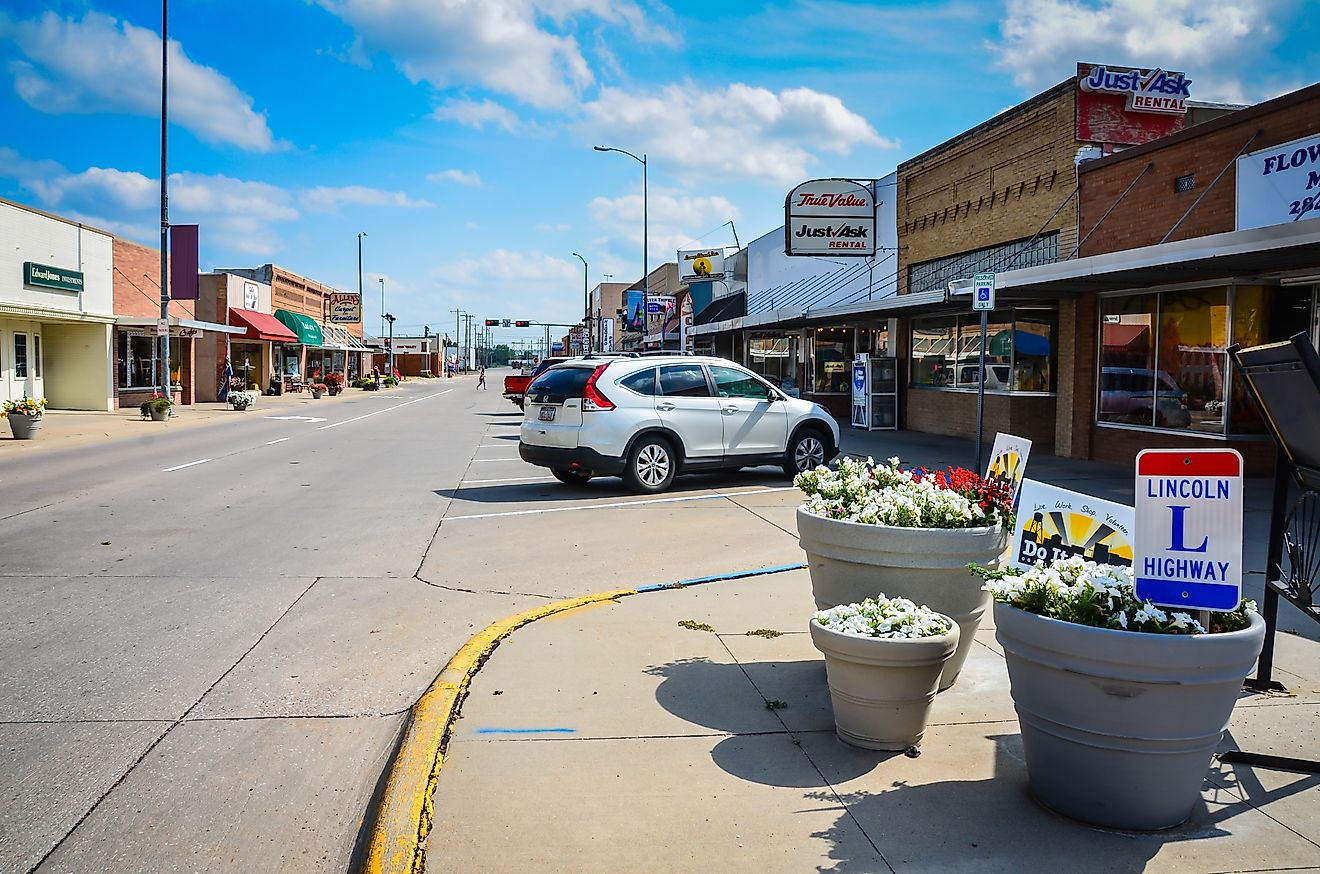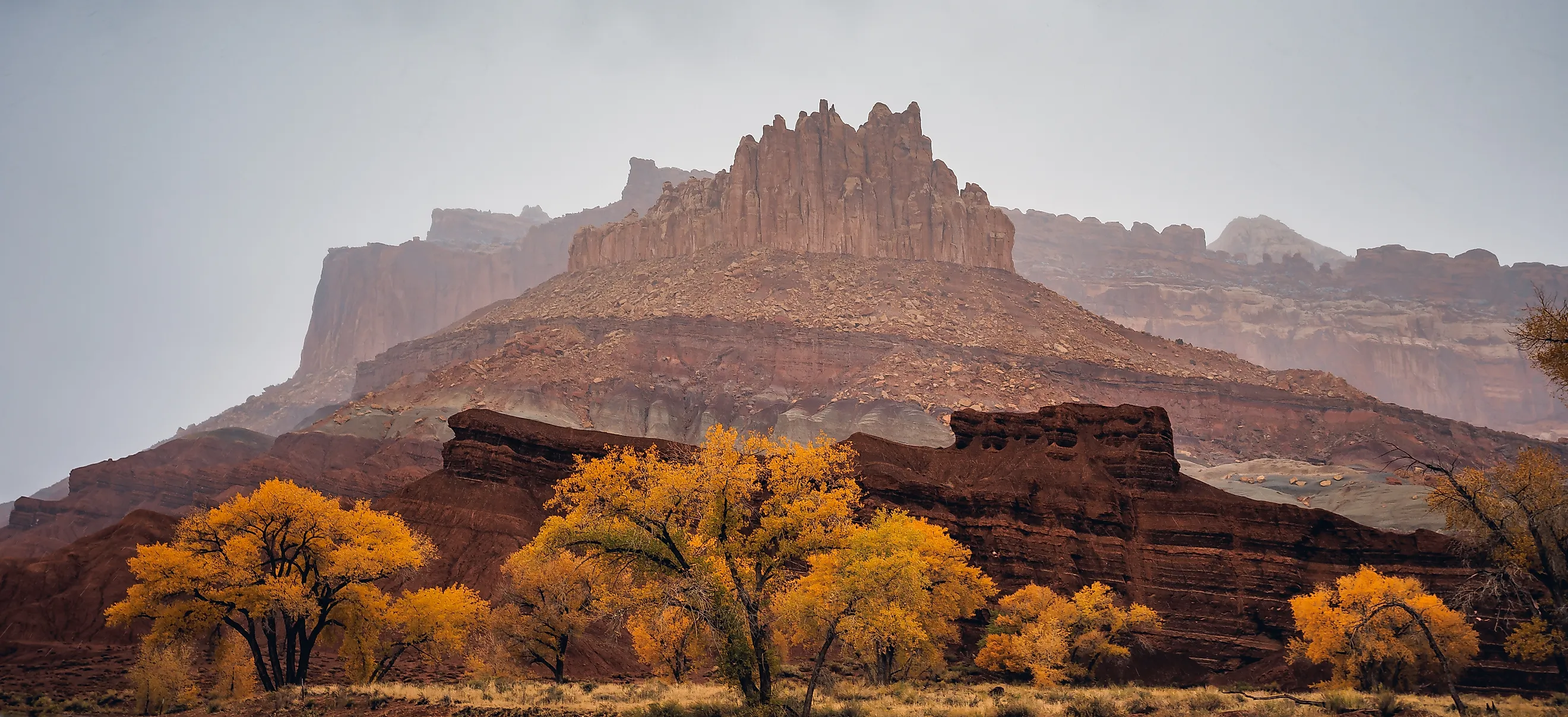
Capitol Reef National Park’s Secret Orchards Bloom
Capitol Reef National Park is situated in south-central Utah, in the heart of the region's renowned red rock country. It is a fantastic geological phenomenon with cliffs, canyons, domes, and bridges in the Waterpocket Fold, a geologic monocline (a wrinkle in the Earth). While most visitors come for the vast desert views, few realize that lush, historic orchards bloom right beneath these striped desert cliffs. Nestled in the Fruita Historic District, these hidden groves are not only beautiful but rich in pioneer history, offering a surprising splash of green in an otherwise red-and-gold landscape.
The annual bloom is best seen in spring when the fruit trees begin to flower, making it one of the most unique times to visit the park. The orchards were planted when Fruita was settled in the late 1800s, and visitors can occasionally pick the heirloom fruit. The park is popular year-round for its diverse array of outdoor activities, including hiking, exploring the landscape, and learning about human history.
History
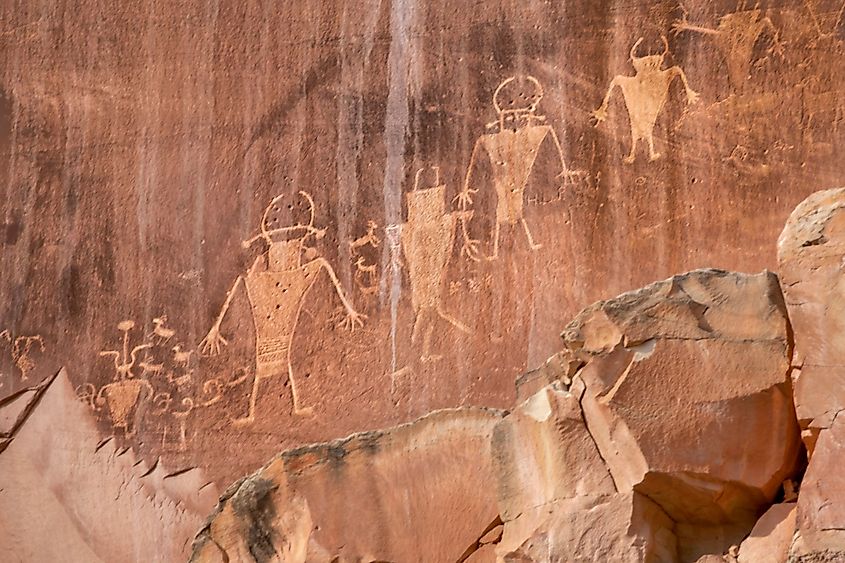
The area now known as Capitol Reef has been inhabited for thousands of years. The Fremont culture, a pre-Columbian group known for its distinctive rock art and dry farming techniques, emerged around 500 CE and left behind petroglyphs that can still be seen today along Utah State Route 24. These rock carvings offer a glimpse into their daily life, beliefs, and artistic expression.
In the 19th century, Mormon pioneers arrived and began settling what is now the Fruita Rural Historic District. They used traditional irrigation methods to cultivate the land and planted the orchards that still bloom every spring. The Gifford Homestead and other preserved sites date back to this period, showcasing the resilience and resourcefulness of these early settlers. Interestingly, Capitol Reef gets its name from the white domes of Navajo sandstone that resemble the domes of the U.S. Capitol, and the impassable cliffs that reminded explorers of ocean reefs.
Historic Fruita Orchards
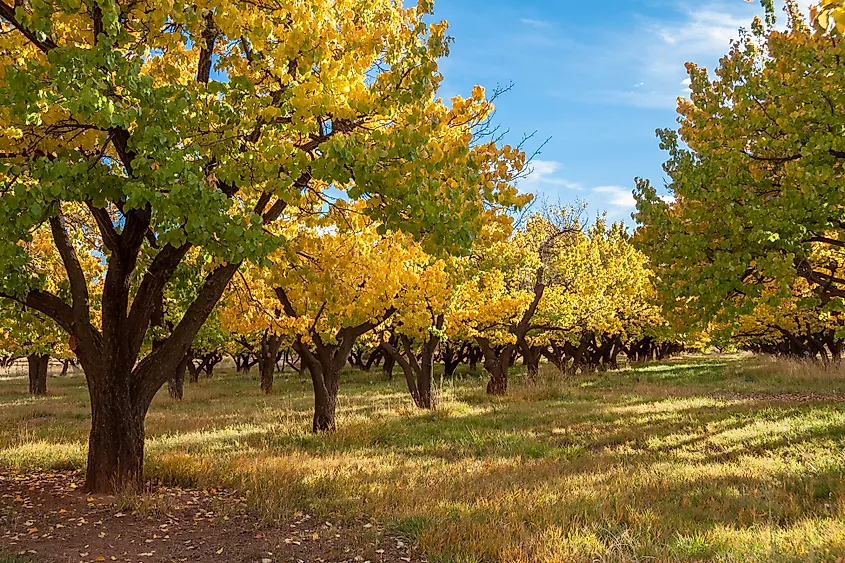
The historic Fruita orchards are among Capitol Reef’s most unusual and enduring features. Set against dramatic cliffs and sweeping desert backdrops, the blooming trees surprise many first-time visitors. Nearly 1,900 trees planted by Mormon pioneers still stand today, producing apple, apricot, cherry, peach, pear, and plum varieties. Apricots are among the first to ripen, and many of the trees are planted near rustic cabins once occupied by settlers who depended on fruit sales for income.
An interesting aspect of preserving these trees is that they are maintained using heritage methods. Park staff still use the original flood irrigation ditches dug by the pioneers to water the trees. These respectful, traditional practices ensure that Fruita remains known as the Eden of Wayne County. The orchards span nearly 100 acres, represent early agrarian principles, and offer a hands-on way to connect with the park’s living history. Visitors are welcome to pick fruit during harvest seasons but must follow park rules, such as choosing only from trees marked with "U Pick Fruit" signs and selecting only ripe produce.
Capitol Reef Landmarks
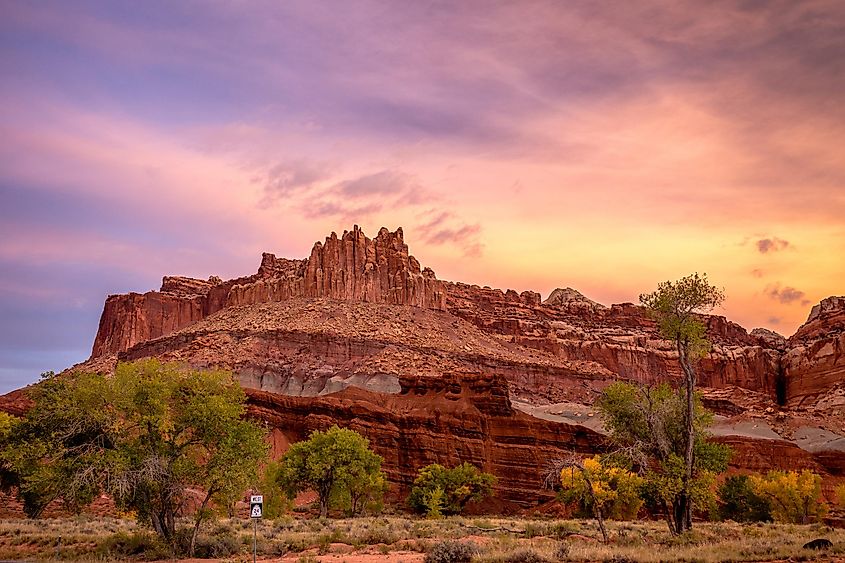
While the Fruita orchards are a major draw, Capitol Reef offers a wide range of geological and historical features. The Gifford Homestead showcases how early settlers lived and cultivated the land, and visitors are welcome to browse local goods, including pies made from the same fruits grown in the orchards. In tandem with this site is the Pioneer Register, where early Mormon pioneers carved their names into sandstone walls. Moreover, the 1883 Behunin Cabin tells the story of a large family surviving in a tiny home.
The Fremont petroglyphs, carved thousands of years ago by the park’s original inhabitants, are located just outside the Fruita district and offer a glimpse into a much older way of life that also relied heavily on the land.
Natural Phenomena
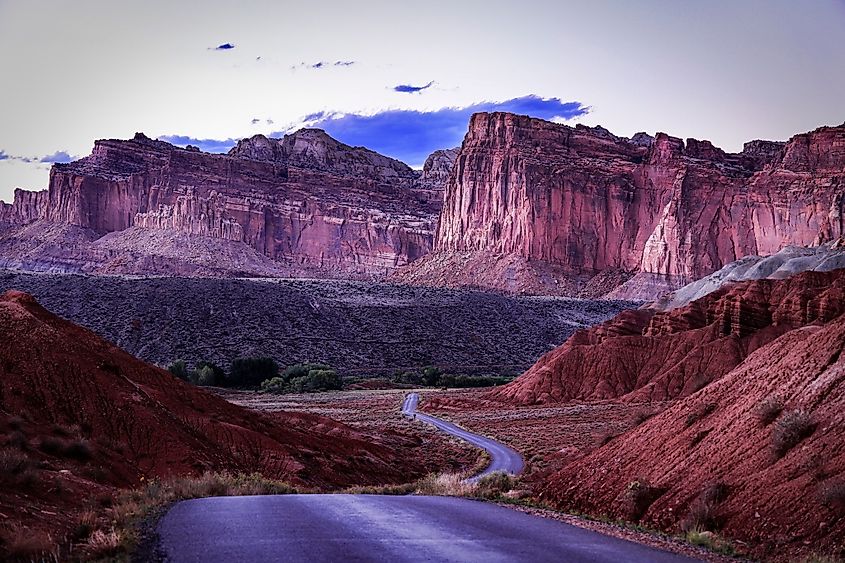
The Waterpocket Fold is a stunning natural landmark. It is a 100-mile-long warp in the Earth's crust that erosion has carved into canyons, cliffs, and domes. The park is also famous for its canyons, which represent thousands, if not millions, of years of erosion that created Capitol Reef and its colorful cliffs, domes, and spires. You can also find ancient fossils in the Navajo Sandstone, which provide a glimpse into an ancient culture.
The park is recognized as a Dark Sky Park due to minimal light pollution and is one of the best places in the region for stargazing. This is especially appealing for those who live in bigger cities and have never witnessed a vast night sky with no backscatter or other disruptions.
Things to Do
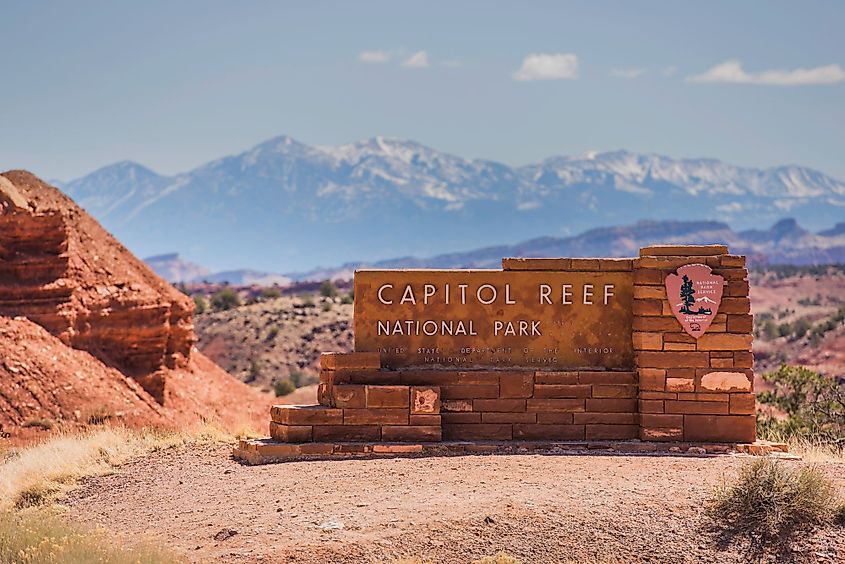
Among the many sites to explore, Capitol Reef offers a diverse range of activities to enjoy. The Fremont Culture petroglyphs can be found along Utah State Route 24 and are accessible by two boardwalks. It is recommended to bring binoculars as some are hard to see, depending on the time of day. The shorter boardwalk offers views of large, anthropomorphic petroglyphs, bighorn sheep petroglyphs, and other geometric designs. The longer boardwalk hugs the cliffs, giving access to petroglyphs that are closer to the viewer. Please be aware that these archaeological sites are protected and carry stiff penalties for vandalism.
Other activities include canyoneering and hiking. Utah is renowned for its spectacular slot canyons, many of which are located within Capitol Reef National Park. The park also has an abundance of red rock that hikers enjoy on the 15-day hiking trails in the Fruita area. The trails are designed for every level of hiker, from level ground to strenuous hikes and steep climbs over uneven terrain near cliff edges.
Backcountry hiking is available for serious backpackers and those who prefer more remote areas. These hiking routes are not well-marked and should only be trekked by experienced hikers. For those taking to the trails, the Upper and Lower Muley Twist Canyons and Hails Creek are popular destinations for hikers seeking the most challenging experiences.
Finishing Thoughts
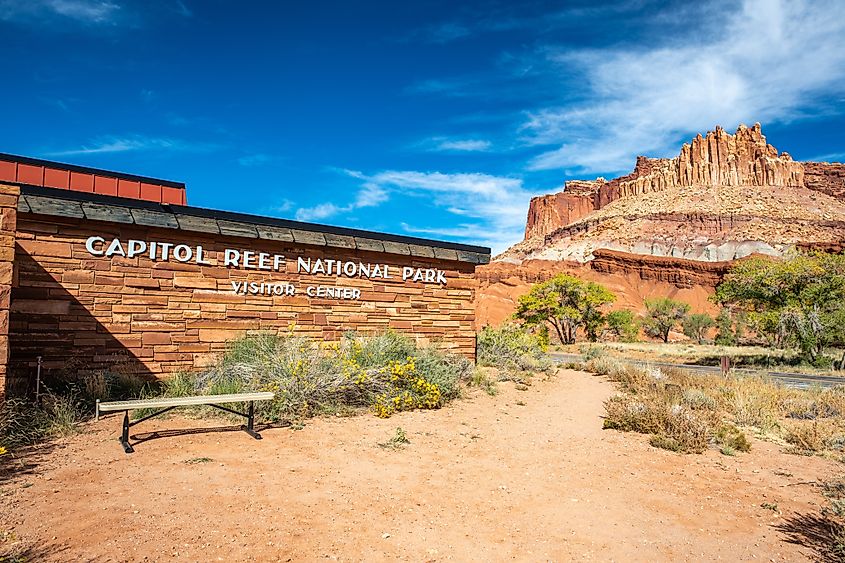
Capitol Reef National Park is an ideal destination in Utah for outdoor enthusiasts and those seeking to connect with the past through its archaeological and historical sites. The park offers a wide range of activities, from hiking to canyoneering, and features preserved areas that explore the rich history of this region, spanning from ancient civilizations to Mormon settlers in the 19th century.
No visit is complete without a trip to Fruita Orchards, where heirloom fruit plants were a primary source of income for the settlers. Park staff do an excellent job preserving these orchards through vintage agrarian practices so future generations can experience the park's actual value and enjoy its abundance of natural resources and historical sites.
